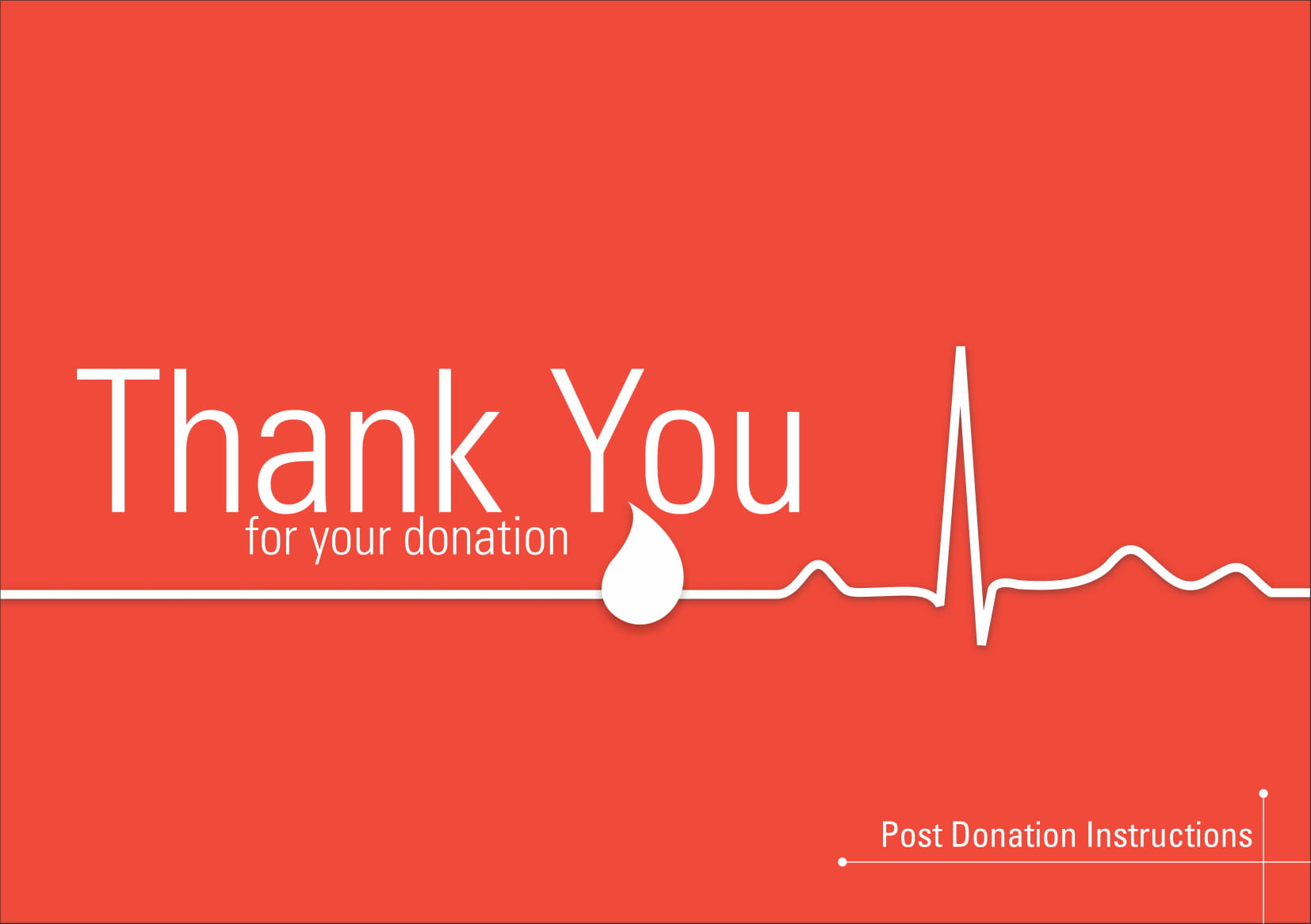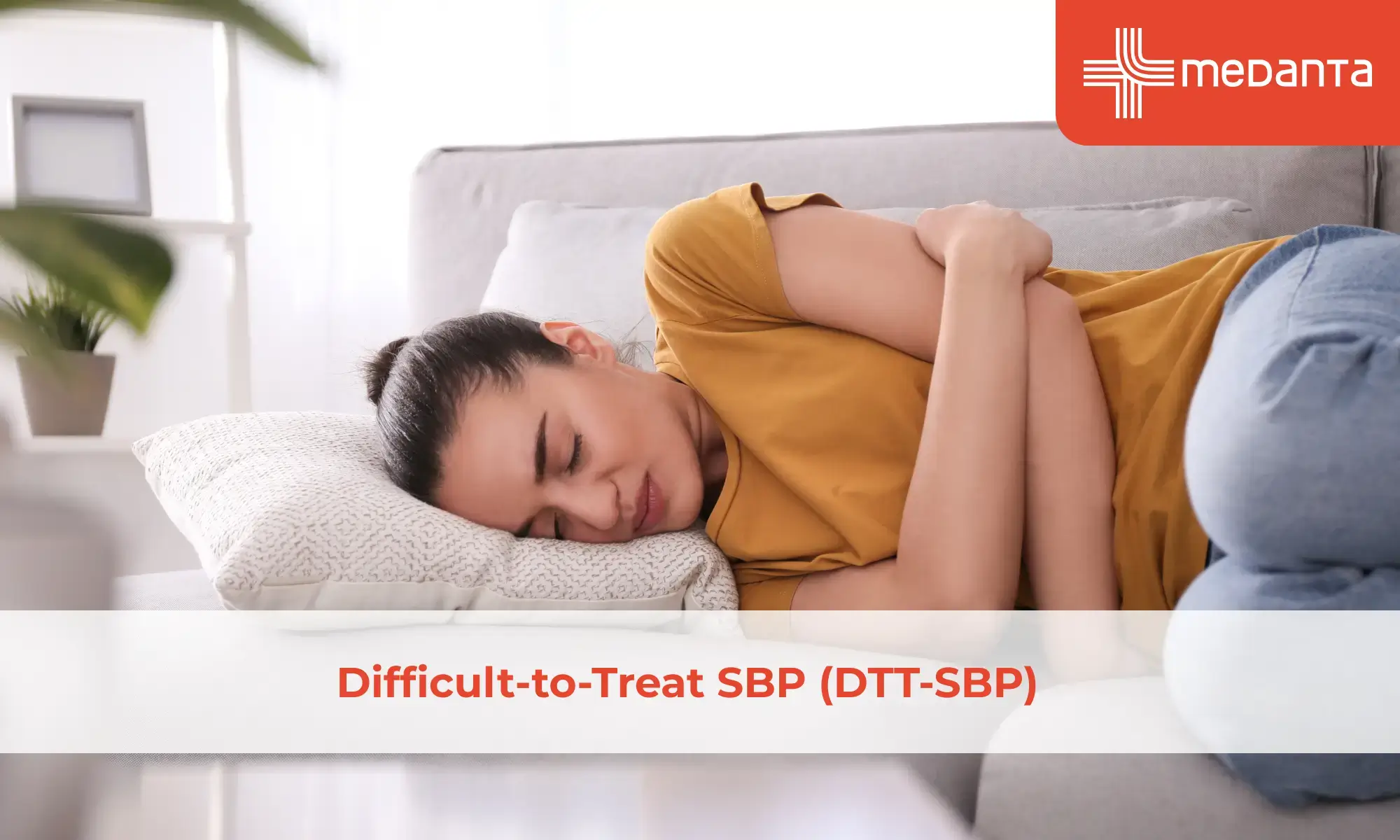Know Uterine Fibroid Types, Symptoms & Causes
Overview
Uterine Fibroids are also known as leiomyomas, fibromas, and myomas. They are noncancerous tumors that develop within the female uterus. They can cause heavy periods and severe abdominal pain. In some cases, there are no fibroid symptoms at all. It is very common in women, and as per the research conducted by the Office on Women's Health, 20% to 80% of women have uterine fibroid by the age of 50.
Uterine fibroids grow from the uterus's muscular wall and are made of fibrous tissue and muscle. Fibroids can be very small, from the size of a grapefruit to the size of a seed. But sometimes, these tumors grow in size and become very large. They can even create problems in your sexual life. Doctors say that uterine fibroids' effects on the uterus are similar to that of a fourteen-week pregnancy. A woman can have one or many fibroids. It can be dangerous if it is left untreated.
Types of Fibroids
There are different types of fibroids depending on their location on or in the uterus.
Subserosal Fibroids- Subserosal fibroids are a common type of fibroid that forms outside your uterus. They may grow large and make one side of your uterus appear bigger. Since they form on the outer area of the uterus, they don't cause many reproductive system issues. But if you have subserosal fibroids, you may experience heaviness in your abdomen and the urge to urinate frequently.
Intramural Fibroids- They grow beneath the endometrium, in the wall of the uterus. Depending on where they put pressure and grow, they can affect the function of the uterus. Symptoms of Intramural fibroids include heavy periods, frequent urination, and long, heavy periods.
Submucosal Fibroids- These are the rarest type of fibroids and the most difficult to manage. They grow underneath the uterus's lining, known as the endometrium, and can lead to complications with periods and fertility issues. Submucosal fibroids are the cause of 1% to 2% of infertility cases in the world.
Pedunculated Fibroids- Pedunculated fibroids are noncancerous growths in the uterus. They are attached to the uterine wall by a peduncle (a stalk-like growth). Common symptoms of pedunculated fibroids include prolonged menstrual bleeding, intense pain like cramping, and abdominal discomfort.
Causes of Uterine Fibroids
- Some of the common causes of fibroid include-
- Genetic changes
- Oestrogen and progesterone promote the growth of fibroids.
- Extracellular matrix
- Insulin-like growth factor affects fibroid development
Uterine Fibroids Symptoms
Depending on the size and severity of the uterine fibroids, women may experience mild or severe fibroid symptoms. It is also important to note that some women do not experience any symptoms. Some of the common symptoms of uterine fibroids include-
- Longer menstrual cycle
- Leg pain and backache
- Fullness or bloating in the pelvic region
- Mood swings and fatigue
- Miscarriages
- Pain during sex
- Bladder irritation
- Anaemia
- Infertility
- Heavy bleeding
- Tenderness in the pelvic region
- Fibroid pain
What Problems Can Uterine Fibroids Cause in Pregnancy?
These are the complications you may have to face during pregnancy due to uterine fibroids.
- Labour may not progress if the uterus doesn't contract.
- The placenta may pull away from the uterus before delivery.
- The baby may be born before thirty-seven weeks of pregnancy.
- Breech baby.
Diagnosis of Uterine Fibroids
Your doctor will examine you to detect if you have uterine fibroids. They may also conduct these imaging examinations-
Hysterosalpingogram- It is an X-ray dye test that investigates your fallopian tubes and uterus and helps access the causes of infertility.
Ultrasound- In this procedure, sound waves travel to the uterus and show images of the size and location of the fibroids.
Magnetic Resonance Imaging- It is one of the best imaging techniques for the localization and detection of uterine fibroids. MRI accurately demonstrates zonal uterine anatomy and can be used to look at an enlarged uterus that can't be detected by ultrasonography.
CT Scan- It can detect uterine fibroids that are not very large.
There are two additional procedures to know if you have uterine fibroids.
Hysteroscopy- Your healthcare provider may use a hysteroscope to visualize the uterus's inside area. With the help of a hysteroscopy, your doctor can see and remove fibroids directly. They may use a general or local anesthetic so you will not feel pain during the procedure. One common side during the procedure is cramping.
Diagnostic Laparoscopy- In this surgical procedure, the doctor makes a small cut into the abdomen and inserts a lighted tube with a camera attached. This allows your healthcare provider to look directly into your abdomen.
Treatment of Uterine Fibroids
Uterine fibroids need to be treated if they are causing problems during pregnancy or fertility issues. The treatment options are-
- Surgical removal of the entire womb or fibroid.
- Acupuncture, herbal remedies, or pain killer.
- Hormonal contraceptives prevent the production of oestrogens and reduce heavy menstrual bleeding.
- Focused ultrasound fibroid surgery to destroy the fibroid.
How to Make Your Condition Better?
You can make some healthy changes in your life to deal with the complications of uterine fibroids. Some of these changes include-
Exercise Daily- You should do mild exercise daily to strengthen your vascular and reproductive systems. The Centers for Disease Control and Prevention recommends one and a half hours of moderate aerobic activity every week and muscle-strengthening activities 2 days a week. Even if you have cramps or heavy bleeding, you can do yoga and jogging.
Avoid Alcohol and Quit Smoking- Alcohol and smoking can make your uterine fibroids complications severe. To get rid of uterine fibroid symptoms, you must say no to alcohol and quit smoking.
Stay Hydrated- The best way to manage uterine fibroids is to drink enough water throughout the day. You can consume vegetable and fruit juice, soup, and milk along with water.
Eat a Healthy Diet- Another effective way to manage the symptoms of uterine fibroids is eating a healthy diet. Eat fiber-rich foods, fruits, and green leafy vegetables as these help in proper bowel movement and shrinking of fibroids.
With your specialist's help and appropriate lifestyle changes, you can deal with uterine fibroids effectively. Seek a trained and expert gynecologist near you for the treatment of uterine fibroids for time management.





